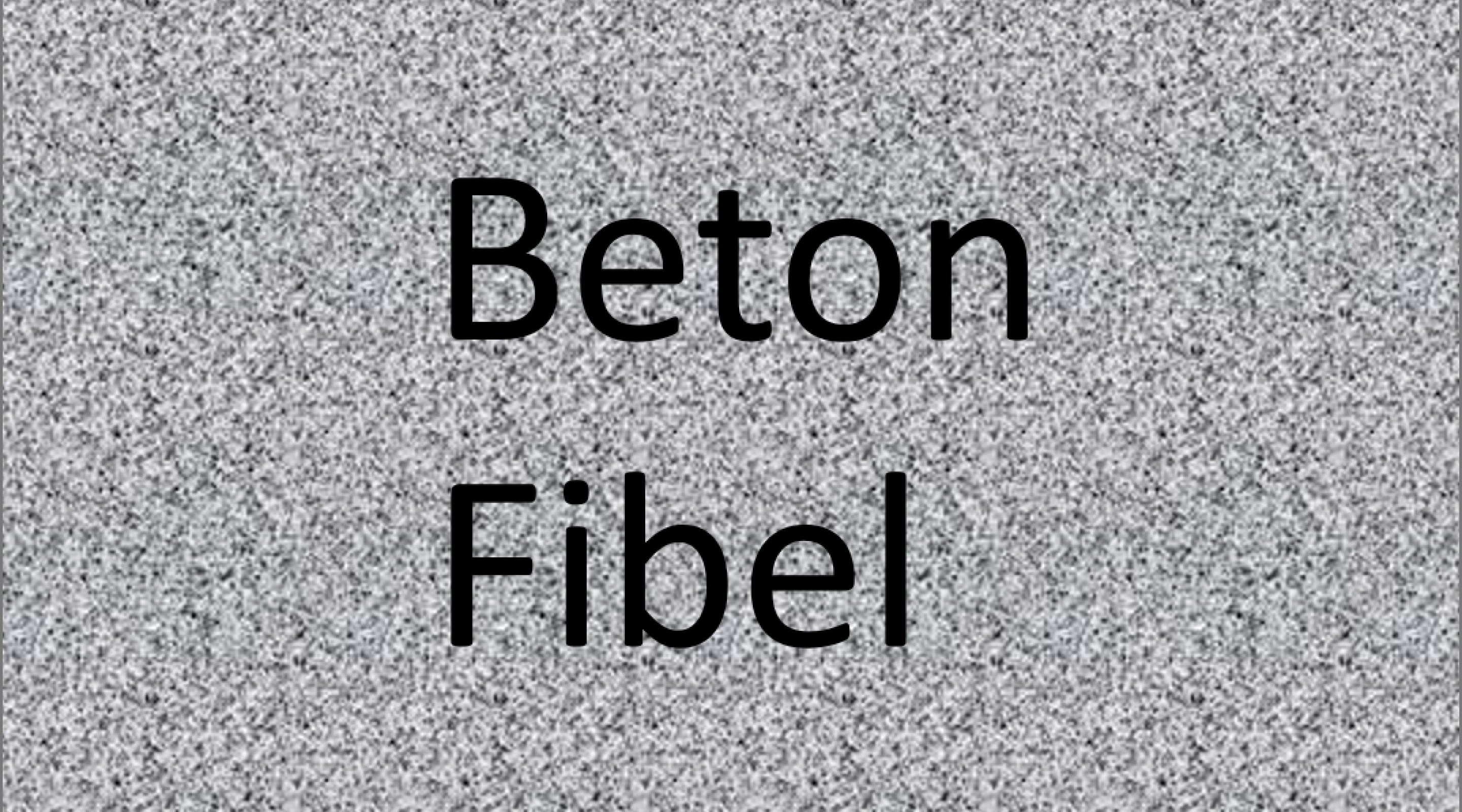Small concrete primer
The demands placed on concrete are many and varied.Static requirements, weather-related influences or even the use of chemicals have an effect on the natural building material concrete. Therefore, the right type of concrete must be used for each individual application.
The most common types of concrete and their range of application:
X0: Unreinforced foundations without frost, e.g. strip foundation, clean layer.
XC1: Concrete in buildings with low humidity, e.g. interior walls and ceilings including damp rooms.
XC2: Concrete in interior spaces with high humidity.
B1: Waterproof building components with low water pressure, e.g. basement walls, floor slabs.
B2: Exposed concrete in interior spaces, e.g. walls, ceilings, etc.
B3: Frost-resistant concrete not exposed to de-icing agents, e.g. exterior walls, balconies, terraces.
B4: Waterproof structural elements with high water pressure, e.g. fountains.
B5: Frost-resistant concrete with de-icing agent load for vertical structural elements, e.g. walls bordering roads (property walls, garage walls).
B7: Frost-resistant concrete with de-icing agent load for horizontal components, e.g. carport floor slab, house driveways.
